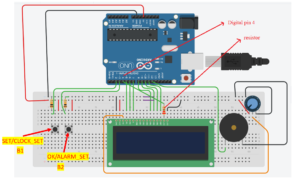User space Vs kernel space
In this article, we will delve into the concepts of user space and kernel space in the context of operating systems, particularly in Linux. Understanding these terminologies is crucial for comprehending future articles related to system architecture and programming.

Kernel Space:
- Kernel space refers to a portion of the operating system’s memory where the kernel, the core of the operating system, resides and executes.
- When code runs in the kernel space, the CPU operates in privileged mode. This means that kernel-level code has unrestricted access to system resources, including memory, hardware peripherals, processor instructions, and control settings.
- Kernel space contains critical components such as the Linux scheduler, device drivers, and code related to various subsystems of the operating system.
- Operations in the kernel space are powerful and have a high level of control over the hardware, making them suitable for managing system resources and performing low-level tasks.
User Space:
- User space, on the other hand, is the memory area where user-level applications and programs execute. When code runs in user space, the CPU operates in non-privileged or restricted mode.
- User space programs do not have direct access to the hardware or critical system resources. They operate within a controlled and isolated environment.
- User space applications include everyday software such as web browsers, text editors, media players, and any program that interacts with the user.
Interactions Between User Space and Kernel Space:
User space applications often require access to resources that are typically managed by the kernel. To access these resources, user space programs make use of system calls.
- System call handlers, part of the kernel space, are responsible for executing system calls. They run in privileged mode to fulfill requests from user space applications.
- System calls act as a bridge between user space and kernel space, allowing user-level programs to request services, use memory, and interact with hardware while maintaining the security and integrity of the system.
In summary, the distinction between user space and kernel space is crucial in understanding how modern operating systems, like Linux, manage and protect system resources. User space is where user-level applications operate in a restricted environment, while kernel space houses the core operating system components with privileged access to system resources. Interactions between these two spaces occur through system calls, facilitating safe and controlled access to hardware and system functionalities.
Get Full Course on Linux Device driver Here.
FastBit Embedded Brain Academy Courses
Click here: https://fastbitlab.com/course1



